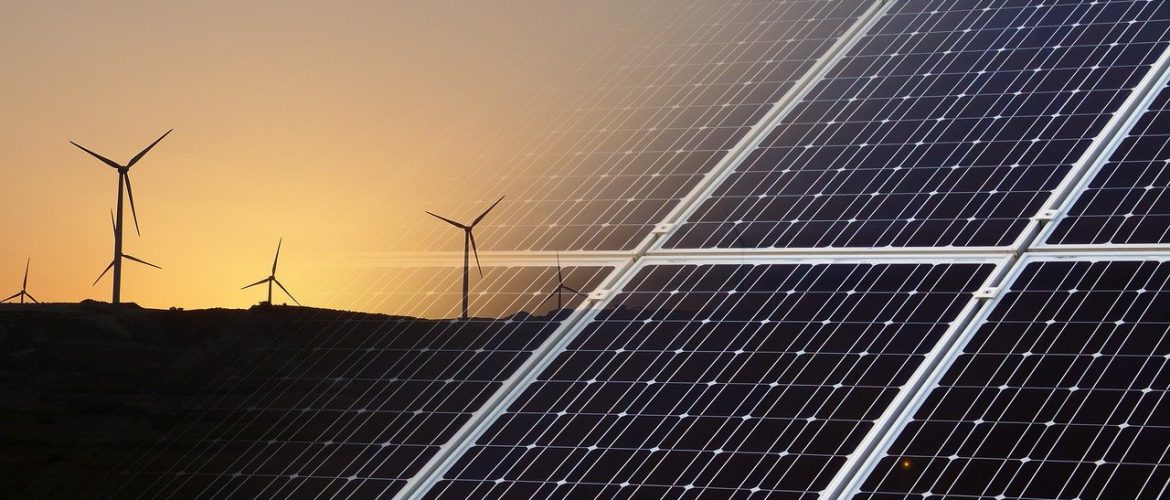According to the latest monthly data for the interconnected electricity network from the Greek IPTO, ADMIE (November 2022):
The trend recorded for the first 10 months of the year was reinforced in November. Thus, electricity generation from renewables and large hydroelectric plants exceeded by 633 GWh that from fossil fuels (fossil gas and lignite) in the 11 months of the year (22006 GWh vs 21373 GWh).
Renewables continue to be the number 1 source of electricity generation in the country cumulatively for the 11 months of 2022 with 18296 GWh, widening the gap with fossil gas (16394 GWh). In third place by a wide margin is lignite (4979 GWh), followed by large hydro (3710 GWh) and net electricity imports (3192 GWh).
Cumulatively in the first 11 months of the year, renewables together with large hydro covered 47.3% of demand, increasing their share over the last year by more than 5 percentage points. This is despite reduced hydropower generation as 2022 is a dry year. Fossil gas met 35.2% of demand having a nearly 5 percentage points lower share compared to the same period in 2021, while lignite remained at the same level as in the previous 2 years. Finally, net imports covered just 6.9% of the country’s demand – the smallest share since 2013.
Renewables excluding large hydro achieved the highest percentage increase (+18.1% or 2808 GWh) in the first 11 months of 2022 compared to the same period in 2021. Apart from RES, lignite generation also recorded an increase, albeit marginal (+2.2% or just 109 GWh).
In contrast, fossil gas registered a significant percentage decrease (-13.7% or 2592 GWh) compared to the same period in 2021, but remained marginally higher than in 2020 (+1.9%).
Thanks mainly to progress in renewables, the free fall in net imports continued for the second consecutive year, recording a 17.5% decrease compared to 2021 and a 62.9% decrease compared to 2021 levels.
More specifically for the month of November 2022 compared to the corresponding month of 2021:
– Renewable electricity production (1594 GWh) increased by 14.8%.
– Fossil gas with 1200 GWh exhibited a large decrease (-34%).
– Lignite production with 313 GWh and net electricity imports with 358 GWh registered small increases (+5.4% and +4.7%, respectively).
– Large hydropower with 210 GWh contributed 10% less electricity
As a result, the share of renewables including large hydro in meeting November 2022 electricity demand was 49.1%, while that of fossil fuels (gas and lignite) was 8 percentage points lower (%).
November 2022 was the first month of the implementation of the EU obligation to reduce electricity consumption by 10% compared to the average of the previous five years for the five-month period November 2022-March 2023.
Electricity consumption (3688 GWh) decreased by 9.6% compared to the same month in 2021, while November 2022 was the fifth consecutive month in which a decrease in demand was recorded compared to the same month of the previous year. In fact, November’s monthly consumption was the fifth lowest in the last 10 years, following April and May 2020 (first lockdown period), April 2012 and the previous month (October 2022).
However, compared to the five-year average for 2017-2021, electricity consumption in November 2022 fell by 8.2%, leaving Greece, in the first month of the five-month reduction period, 1.8 percentage points (or 74 GWh) short of the EU obligation to limit overall consumption by 10%.




















































































































































































































































































































